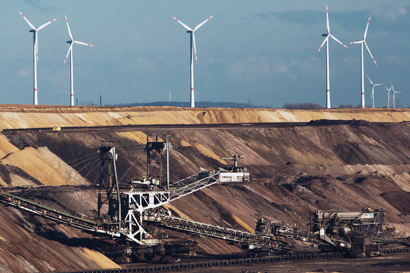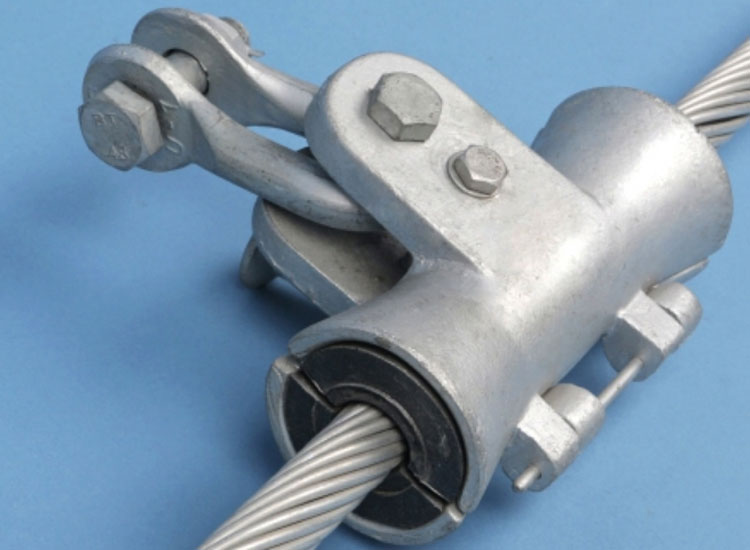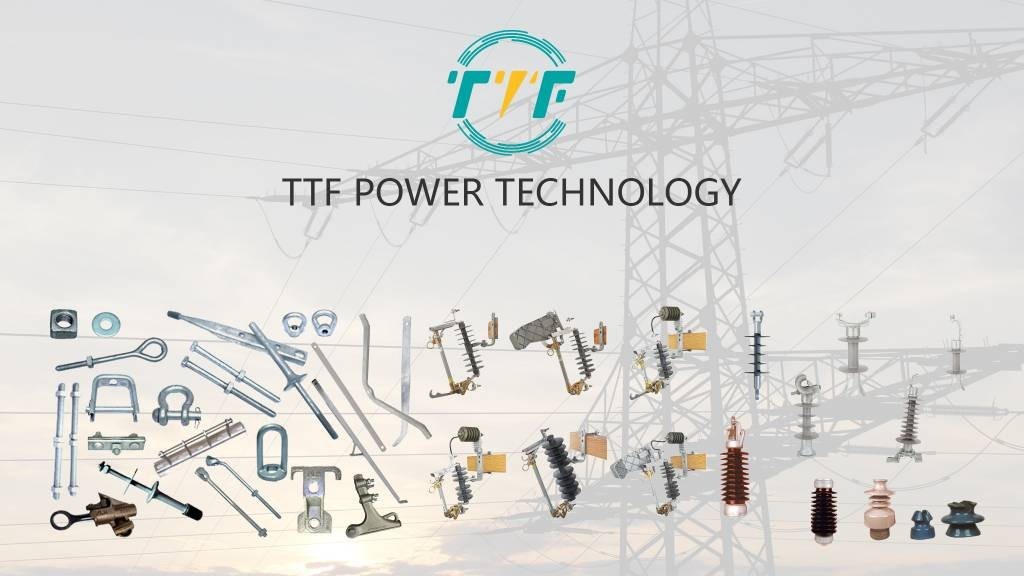
The Brazilian metals and mining company Vale is working with GreenIron H2 AB to decarbonize the mining and metals supply chain. The partnership aims to leverage green hydrogen produced from renewable energy sources. This involves developing a direct reduction facility in Brazil that would use green hydrogen to reduce iron ore into iron. The collaboration represents a step towards decarbonizing the steel industry. The mining sector is a major source of greenhouse gas emissions. It will also contribute to the development of green hydrogen production and infrastructure in Brazil. Mining decarbonization aligns with global climate goals in Brazil. The synergy between Vale and GreenIron’s innovative technologies could help position Brazil as a global leader in sustainable mining and steel production. Suspension clamps play a crucial role in supporting the infrastructure that enables decarbonization efforts.
In mining, suspension clamps send electricity generated from renewable sources to mining sites. They enable the electrification of mining equipment such as trucks, drills, and processing plants. This helps to reduce reliance on diesel fuel. Suspension clamps help ensure the reliable and efficient transmission of electricity. This is crucial for the successful operation of electrified mining operations and integration of renewable sources. They ensure the reliable and efficient transmission of electricity. This in turn contributes to the goal of reducing greenhouse gas emissions from mining operations.
The role of renewable energy in Brazil’s mining decarbonization efforts
Mining operations are energy-intensive and contribute to carbon emissions. Renewable energy is key to decarbonizing mining activities to help in aligning the industry with global climate goals. The Sol do Cerrado solar project has invested in wind and hydropower to meet its 100% renewable energy goal in Brazil by 2025. The integration of renewable energy into green hydrogen production provides a pathway to decarbonize iron ore reduction. The following are the roles of renewable energy in mining decarbonization.

- Solar power—Vale is developing solar farms near mining sites to power operations. This helps in reducing reliance on diesel generators and grid electricity.
- Wind farms—wind farms are ideal for renewable energy generation to power large-scale mining activities.
- Hydropower—the mining companies are capitalizing on hydropower by establishing dedicated hydropower plants. This helps to secure renewable electricity for their operations.
- Hybrid systems—hybrid renewable systems ensure stable power supply in remote mining locations. This helps reduce dependency on carbon-intensive backup solutions like diesel generators.
Functions of suspension clamps in Brazil’s decarbonization goals
Suspension clamps support decarbonization efforts by enabling efficient and reliable energy transmission. The clamps contribute to the development of resilient energy infrastructure used in mining decarbonization. Suspension clamps hold the conductors, reduce mechanical stress, and ease electricity transmission. Discussed below are the functions of suspension clamps in mining decarbonization goals in Brazil.

- Facilitating renewable energy transmission—suspension clamps secure and support high-voltage power lines. They help transport electricity from renewable energy sources like solar and wind farms to mining sites.
- Supporting electrification of mining equipment—decarbonizing the mining sector involves replacing fossil fuel-powered equipment with electric alternatives. Suspension clamps distribute renewable electricity to electrified systems. This helps to ensure a steady and safe energy supply.
- Enhancing grid stability—the clamps enable the construction of reliable power transmission lines.
- Withstanding harsh environmental conditions—suspension clamps are able to endure environmental conditions near mining areas. The durability ensures an uninterrupted power supply for maintaining decarbonized operations.
- Reducing maintenance costs—suspension clamps help reduce maintenance needs and operational downtime. This supports the continuous use of renewable energy for mining operations.
Impacts of mining decarbonization efforts in Brazil
Brazil’s push to decarbonize its mining industry provides various opportunities in the energy sector. The integration of renewable energy, electrification, and innovative technologies in mining operations influences energy demand, infrastructure development, and investment trends. TTF Power provides equipment needed to construct infrastructure needed for mining decarbonization. TTF is a world-class global provider of high quality overhead line hardware, transmission hardware, distribution hardware, conductors, insulators, cutout Switches, anchoring and grounding products. The following are the impacts of mining decarbonization efforts in Brazil.

- Increased demand for renewable energy—Increased demand for renewable energy drives investments in solar farms, wind turbines, and hybrid systems.
- Strengthening energy infrastructure—mining decarbonization necessitates energy infrastructure. This leads to innovations in grid connectivity and off-grid solutions.
- Energy generation decentralization—the adoption of renewable energy for mining—promotes decentralization. This is through localized renewable projects and energy independence.
- Reduction in fossil fuel dependency—decarbonization of mining reduces reliance on fossil fuels.